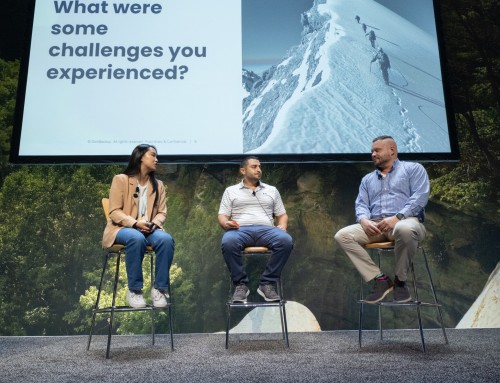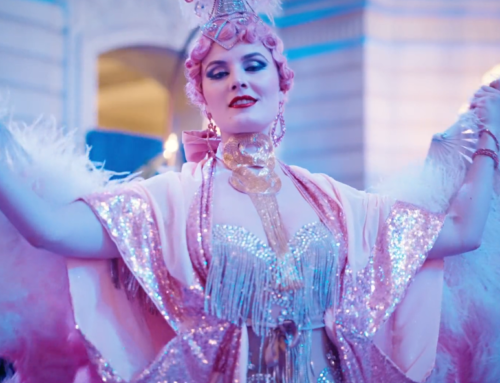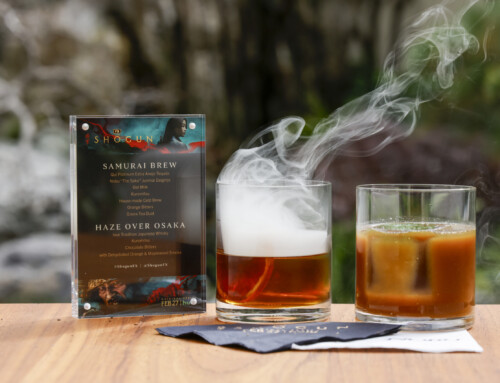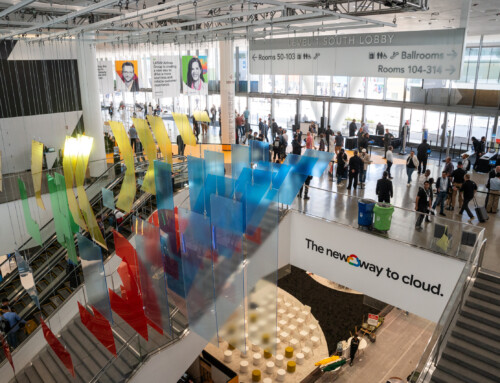Event Coverage
With the variety of event types and sizes, the scope of what is standard versus recommended for each type can be overwhelming. In short, an experienced producer will be able to guide you through the process of what is ‘essential’ to capture in the event and make additional recommendations on how to produce a higher-quality video.
Standard
Typical cameras suitable for standard event coverage can be more compact-sized cameras such as Sony Alpha-series or Panasonic GH5-series, with a variety of lenses to capture b-roll footage, important speeches, and other usual event coverage.
Recommendations
Typically, for smaller events, the videographer is capable of capturing the standard key moments of the event. But by adding an assistant with additional gear such as supplementary audio, lighting, gimbals, or more, the variety of shots and the quality of the video goes up a few notches.
Interviews/Testimonials
These types of projects are usually coupled with others such as event coverage, conferences, promotional materials, and more. However, the gear required for this is quite different from the other engagements. It’s also important to understand that having a dedicated videographer who can focus on coaching the subjects in addition to precisely setting up the audio and lighting conditions is a huge factor in producing the highest-quality end product.
Standard
Standard equipment for this type of engagement may be a camera such as Canon C200 and with professional lighting equipment to cover a variety of lighting scenarios. In addition, wireless lavalier mics are used to capture the audio since they are small and can be clipped directly onto the subject.
Recommendations
By adding an assistant with additional audio capturing capabilities such as a boom mic and second camera angle will make a standard interview shoot more engaging for the viewer.
Keynotes/Documentary
This type of engagement, where we capture a staged presentation as part of a conference keynote or simply an internal presentation for company knowledge, is also generally part of an event coverage engagement. With staged presentations, the audio capture is critical and usually coordinated with the event’s AV team. Accordingly, we usually recommend a different set of gear such as a telephoto lens, cameras with built-in AV connections, and more supplemental gear to properly capture them.
Standard
Standard camera set-ups are typically larger cameras such as Canon C200 with XLR inputs that are tethered to the event AV mixing board to capture the audio. In addition, extended telephoto lenses are required to insure a variety of wide & close-up shots of the speaker.
Recommendations
Since camera set-ups are usually stationary in this type of engagement, we definitely recommend a second camera angle or a roaming videographer to increase the variety of shots such as crowd reactions, wide views, and more.
This is just an overview that covers a general understanding the levels of production for certain video needs. There’s tons more details that go into creating a project with the right amount of planning and gear. If you’re interested in learning more about your video options, please speak to one of our Orange experts!





